Lorsque prend fin l'association Sunbeam-Talbot-Darracq en 1935, le Major AF "Tony" Lago achète l'usine Darracq de Suresnes et poursuit la production, commercialisant ses voitures comme Darracq au Royaume-Uni et Talbot en France. La marque ainsi relancée s'engage en compétition, en Grand Prix et en formule sport, et remporte la victoire au Grand Prix de France et au Tourist Trophy 1937. Elle se heurte ensuite aux puissantes marques allemandes et italiennes subventionnées par leur pays. On compte toutefois des succès notables dans les années d'immédiat après-guerre, avec notamment trois victoires en Grand Prix pour le champion Louis Rosier. Les premières voitures construites par Lago reprennent le châssis en X existant, avec suspension avant indépendante, et reçoivent trois nouveaux six cylindres conçus par Walter Becchia : 2,7 litres 15 CV, 3 litres 17 CV et 4 litres 23 CV. Sur la Lago Special T23, le 4 litres comporte une chambre de combustion hémisphérique et des soupapes en tête inclinées, commandées par deux arbres à cames situés haut de le bloc, dans le style Riley. Une boîte de vitesses présélective Wilson équipe les plus gros modèles. Cette T23 châssis rallongé comporte une carrosserie limousine avec séparation-chauffeur et bénéficie de la boîte Wilson. Livrée neuve en 1940, elle est restée entre les mains de son premier propriétaire jusqu'à 1990, et a été achetée par l'actuel vendeur en février 2003. La carrosserie est de couleur noire et bordeaux, la sellerie rouge d'origine ayant été récemment remise à neuf. L'habitacle offre quatre à six places, grâce à deux strapontins dans le compartiment arrière. La voiture a fait l'objet de dépenses importantes par le présent propriétaire, les travaux les plus récents concernant une restauration moteur en 2007 par l'Atelier Automobile de Lyon (voir factures et autres documents dans le dossier). Dans un bon état de présentation, la voiture est munie de sa carte grise française et de son contrôle technique. On the dissolution of the Sunbeam-Talbot-Darracq combine in 1935, Major A F ‘Tony’ Lago bought the Darracq factory at Suresnes and continued production, selling his cars as Darracqs in the UK and Talbots in France. The revitalised marque embraced both sports car and Grand Prix racing, and in 1937 achieved victories in the French Grand Prix and the Tourist Trophy; from then onwards it was an uphill struggle against the state-subsidised might of the German and Italian opposition. There were, however, many notable successes in the immediate post-war years, including three Grand Prix wins for French Champion Louis Rosier. The first Lago-built cars retained the existing X-braced, independently front suspended chassis, but were powered by a trio of new six-cylinder engines designed by Walter Becchia: 2.7-litre 15CV, 3.0-litre 17CV and 4.0-litre 23CV. In Lago Special guise the 4.0-litre T23 featured inclined overhead valves set in hemispherical combustion chambers and opened by a pair of camshafts mounted high in the block, Riley-style. Wilson pre-selector transmission was retained on the larger models. This long-chassis T23 wears limousine-with-division factory coachwork and has the Wilson gearbox. Delivered new in 1940, the car remained with its original owner until 1990 and was purchased by the current vendor in February 2003. The body is finished in black/Bordeaux with recently refurbished original red interior and affords comfortable 4/6-seater accommodation, there being two occasional seats in the rear compartment. The car benefits from considerable expenditure by the current owner, the most recent major works being an engine rebuild carried out by Atelier Automobile of Lyon in 2007 (see related and various other invoices on file). Presented in good overall condition, the car is offered with French Carte Grise and Contrôle Technique.
Lorsque prend fin l'association Sunbeam-Talbot-Darracq en 1935, le Major AF "Tony" Lago achète l'usine Darracq de Suresnes et poursuit la production, commercialisant ses voitures comme Darracq au Royaume-Uni et Talbot en France. La marque ainsi relancée s'engage en compétition, en Grand Prix et en formule sport, et remporte la victoire au Grand Prix de France et au Tourist Trophy 1937. Elle se heurte ensuite aux puissantes marques allemandes et italiennes subventionnées par leur pays. On compte toutefois des succès notables dans les années d'immédiat après-guerre, avec notamment trois victoires en Grand Prix pour le champion Louis Rosier. Les premières voitures construites par Lago reprennent le châssis en X existant, avec suspension avant indépendante, et reçoivent trois nouveaux six cylindres conçus par Walter Becchia : 2,7 litres 15 CV, 3 litres 17 CV et 4 litres 23 CV. Sur la Lago Special T23, le 4 litres comporte une chambre de combustion hémisphérique et des soupapes en tête inclinées, commandées par deux arbres à cames situés haut de le bloc, dans le style Riley. Une boîte de vitesses présélective Wilson équipe les plus gros modèles. Cette T23 châssis rallongé comporte une carrosserie limousine avec séparation-chauffeur et bénéficie de la boîte Wilson. Livrée neuve en 1940, elle est restée entre les mains de son premier propriétaire jusqu'à 1990, et a été achetée par l'actuel vendeur en février 2003. La carrosserie est de couleur noire et bordeaux, la sellerie rouge d'origine ayant été récemment remise à neuf. L'habitacle offre quatre à six places, grâce à deux strapontins dans le compartiment arrière. La voiture a fait l'objet de dépenses importantes par le présent propriétaire, les travaux les plus récents concernant une restauration moteur en 2007 par l'Atelier Automobile de Lyon (voir factures et autres documents dans le dossier). Dans un bon état de présentation, la voiture est munie de sa carte grise française et de son contrôle technique. On the dissolution of the Sunbeam-Talbot-Darracq combine in 1935, Major A F ‘Tony’ Lago bought the Darracq factory at Suresnes and continued production, selling his cars as Darracqs in the UK and Talbots in France. The revitalised marque embraced both sports car and Grand Prix racing, and in 1937 achieved victories in the French Grand Prix and the Tourist Trophy; from then onwards it was an uphill struggle against the state-subsidised might of the German and Italian opposition. There were, however, many notable successes in the immediate post-war years, including three Grand Prix wins for French Champion Louis Rosier. The first Lago-built cars retained the existing X-braced, independently front suspended chassis, but were powered by a trio of new six-cylinder engines designed by Walter Becchia: 2.7-litre 15CV, 3.0-litre 17CV and 4.0-litre 23CV. In Lago Special guise the 4.0-litre T23 featured inclined overhead valves set in hemispherical combustion chambers and opened by a pair of camshafts mounted high in the block, Riley-style. Wilson pre-selector transmission was retained on the larger models. This long-chassis T23 wears limousine-with-division factory coachwork and has the Wilson gearbox. Delivered new in 1940, the car remained with its original owner until 1990 and was purchased by the current vendor in February 2003. The body is finished in black/Bordeaux with recently refurbished original red interior and affords comfortable 4/6-seater accommodation, there being two occasional seats in the rear compartment. The car benefits from considerable expenditure by the current owner, the most recent major works being an engine rebuild carried out by Atelier Automobile of Lyon in 2007 (see related and various other invoices on file). Presented in good overall condition, the car is offered with French Carte Grise and Contrôle Technique.
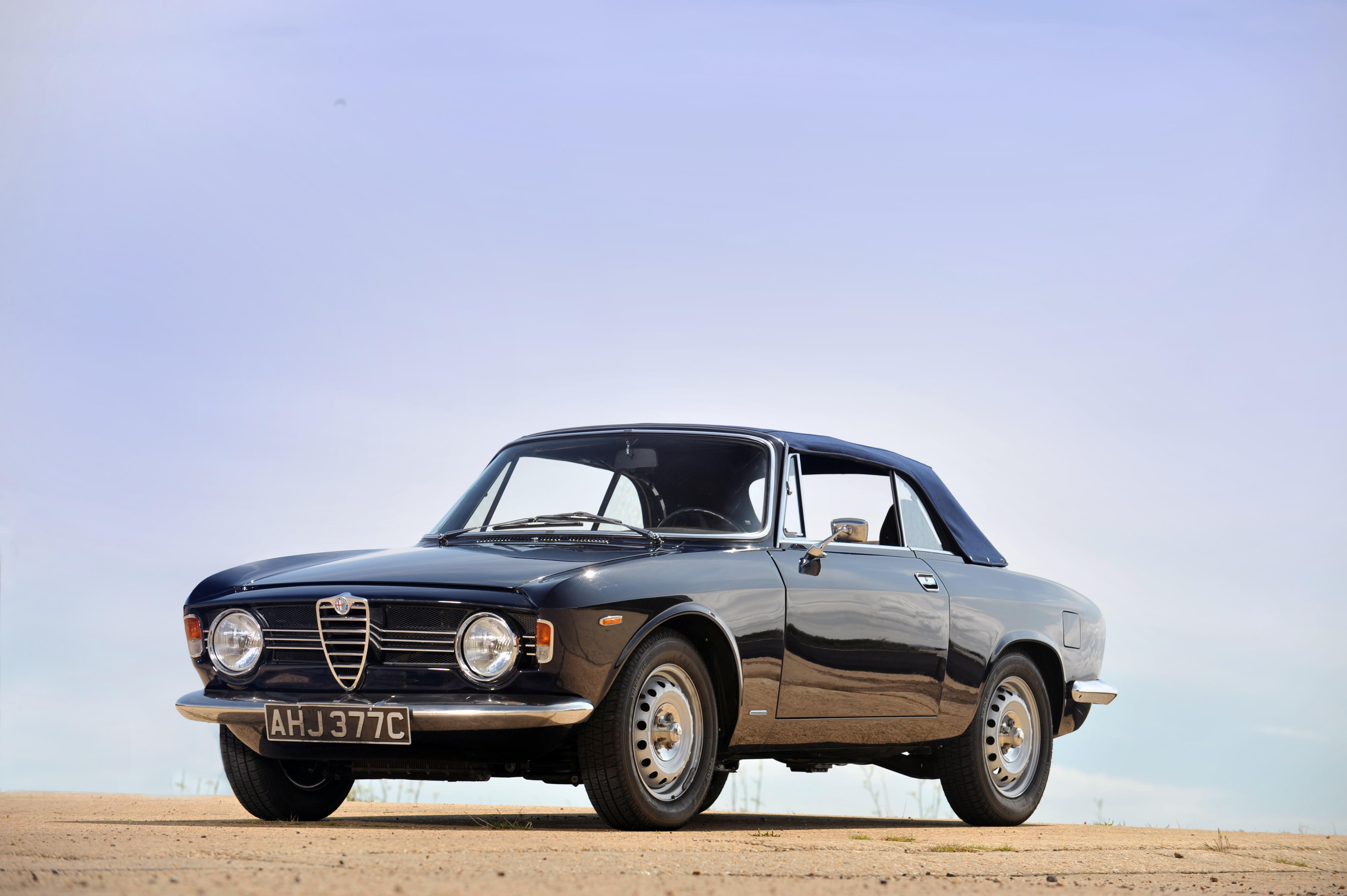
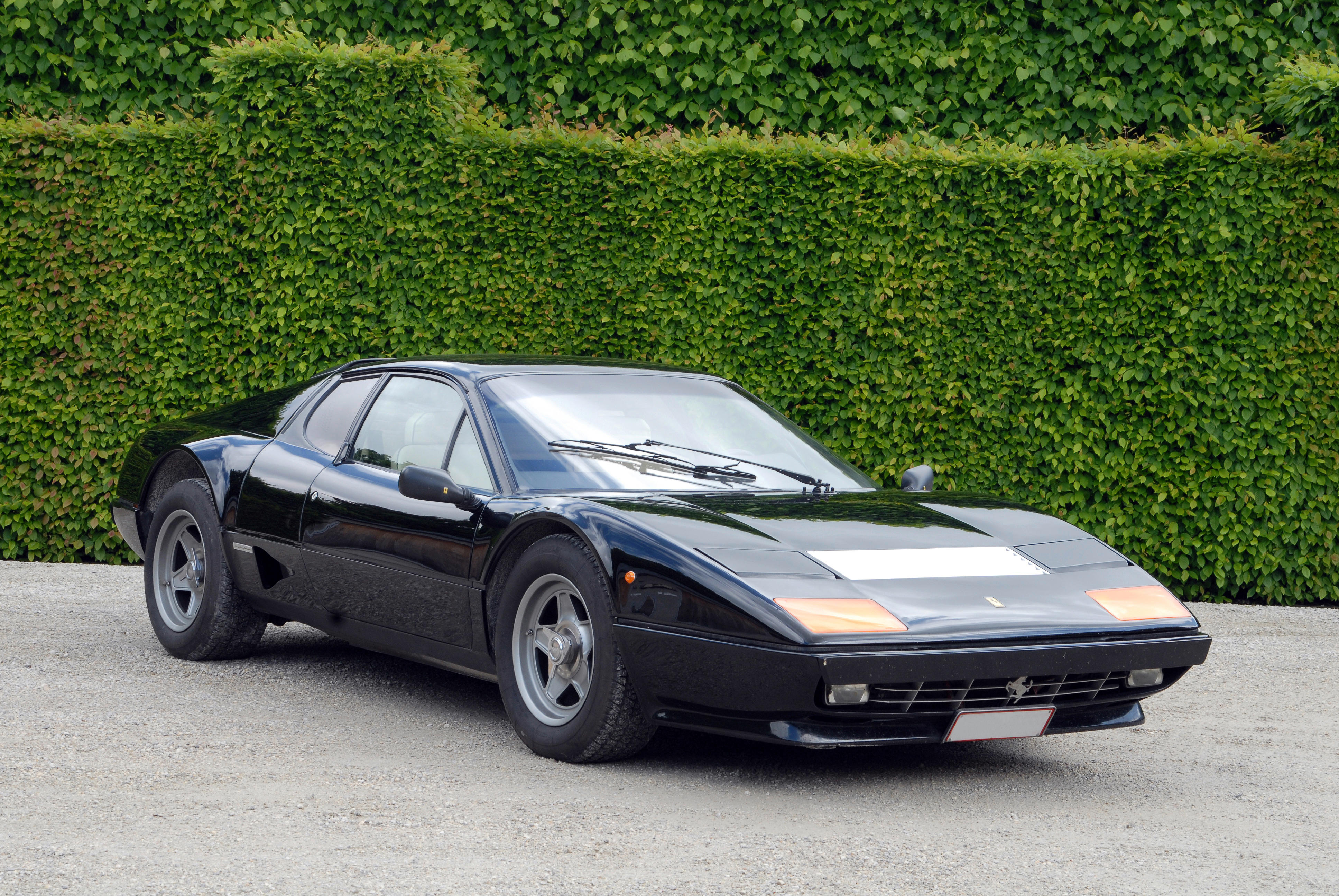
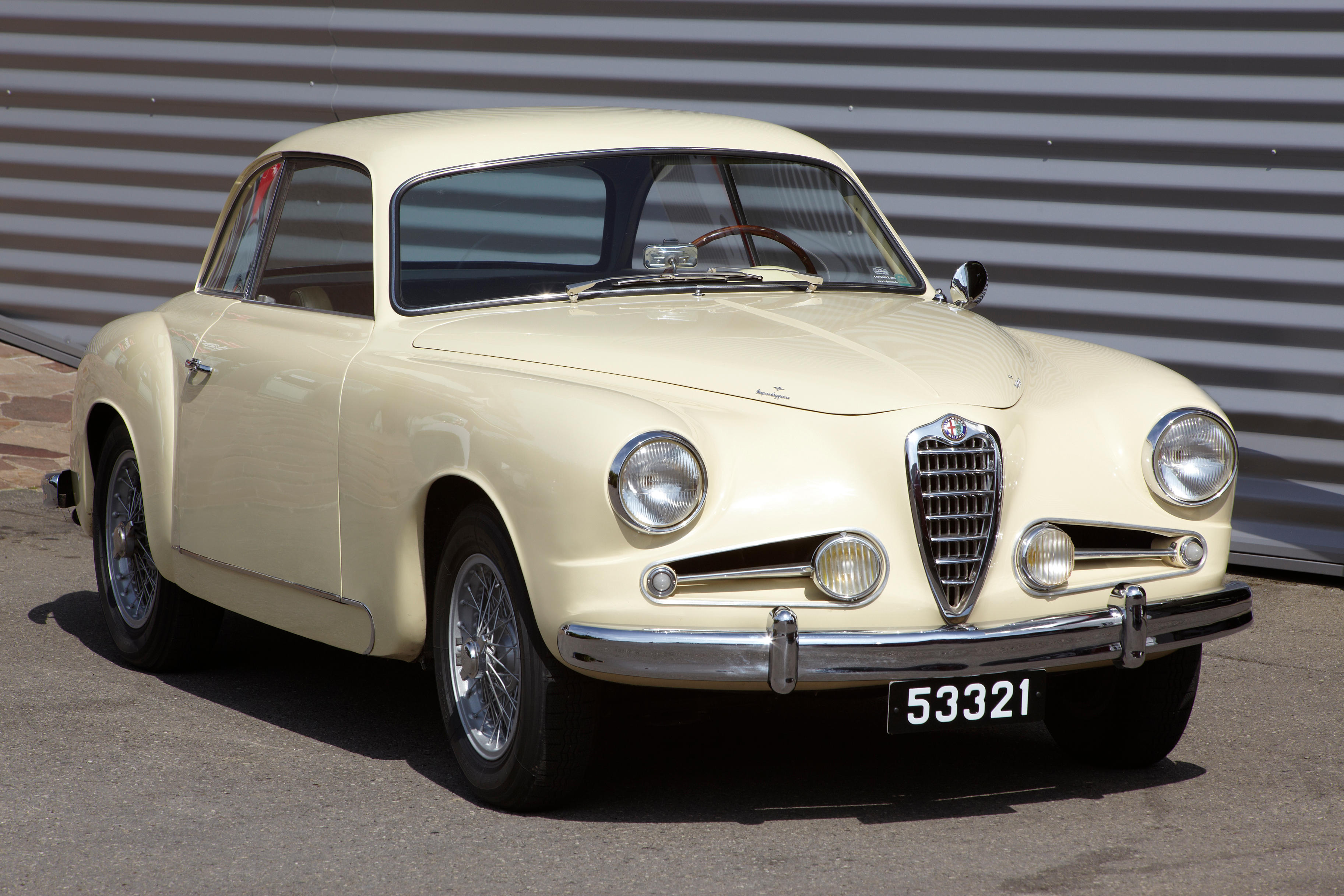
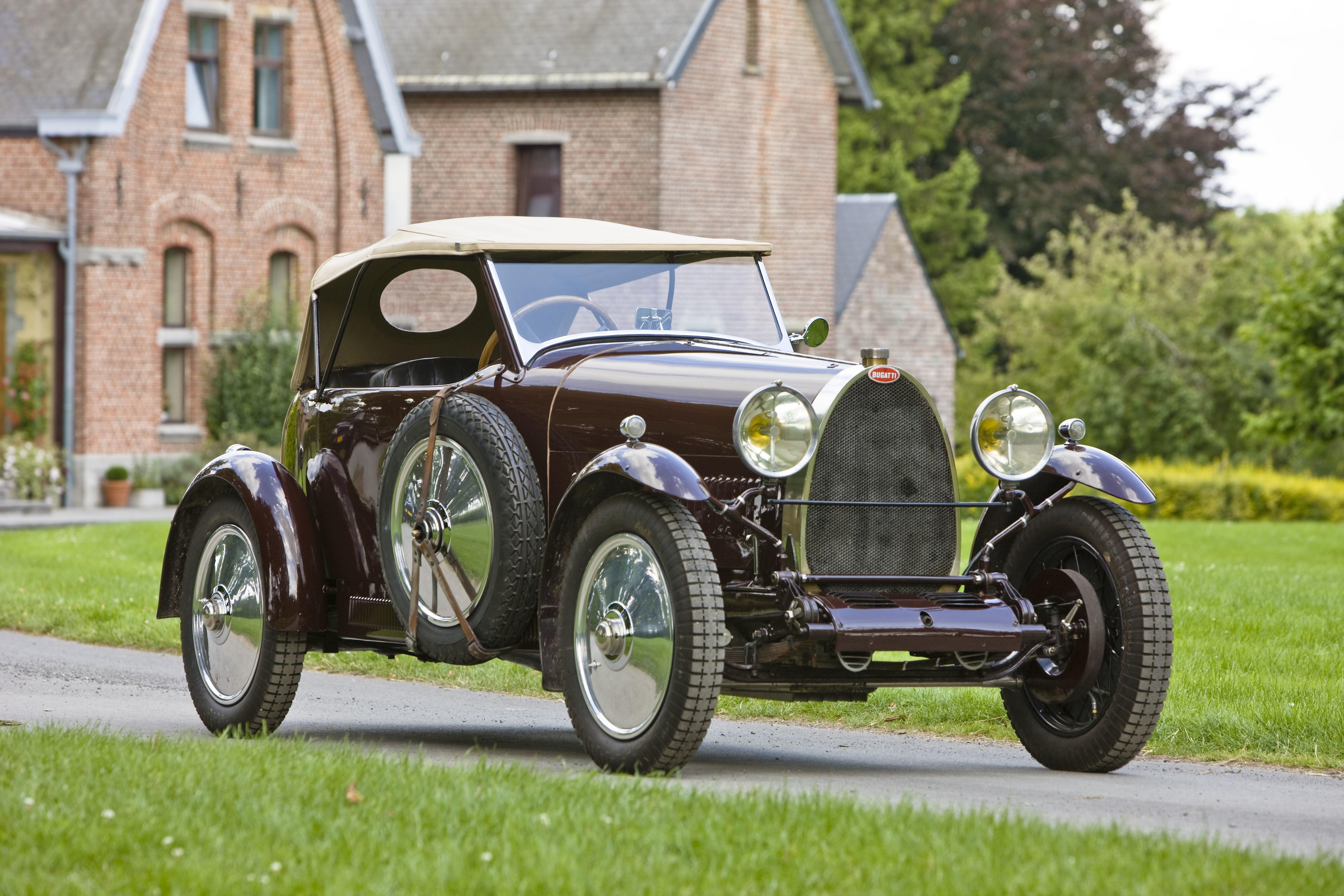
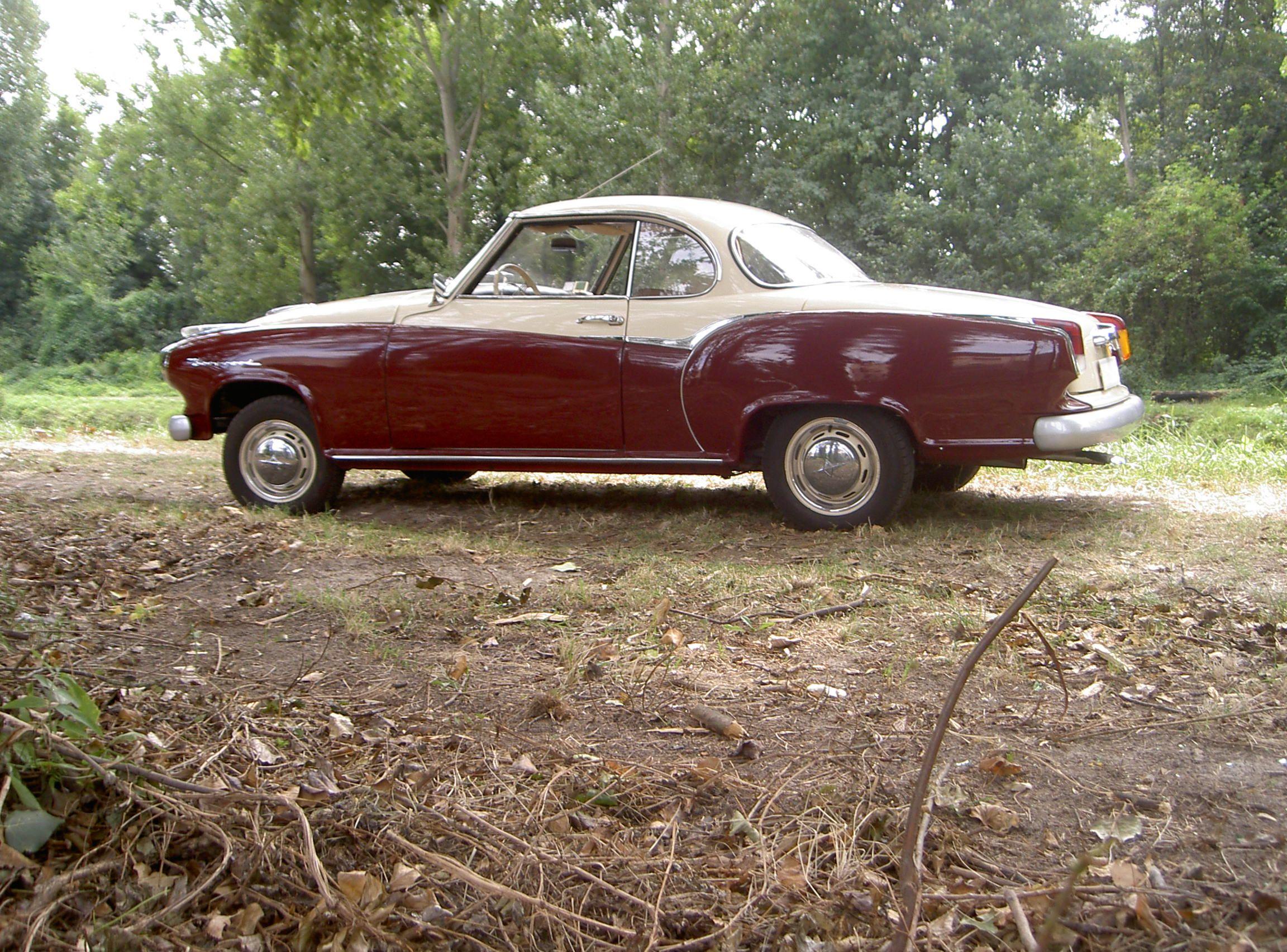
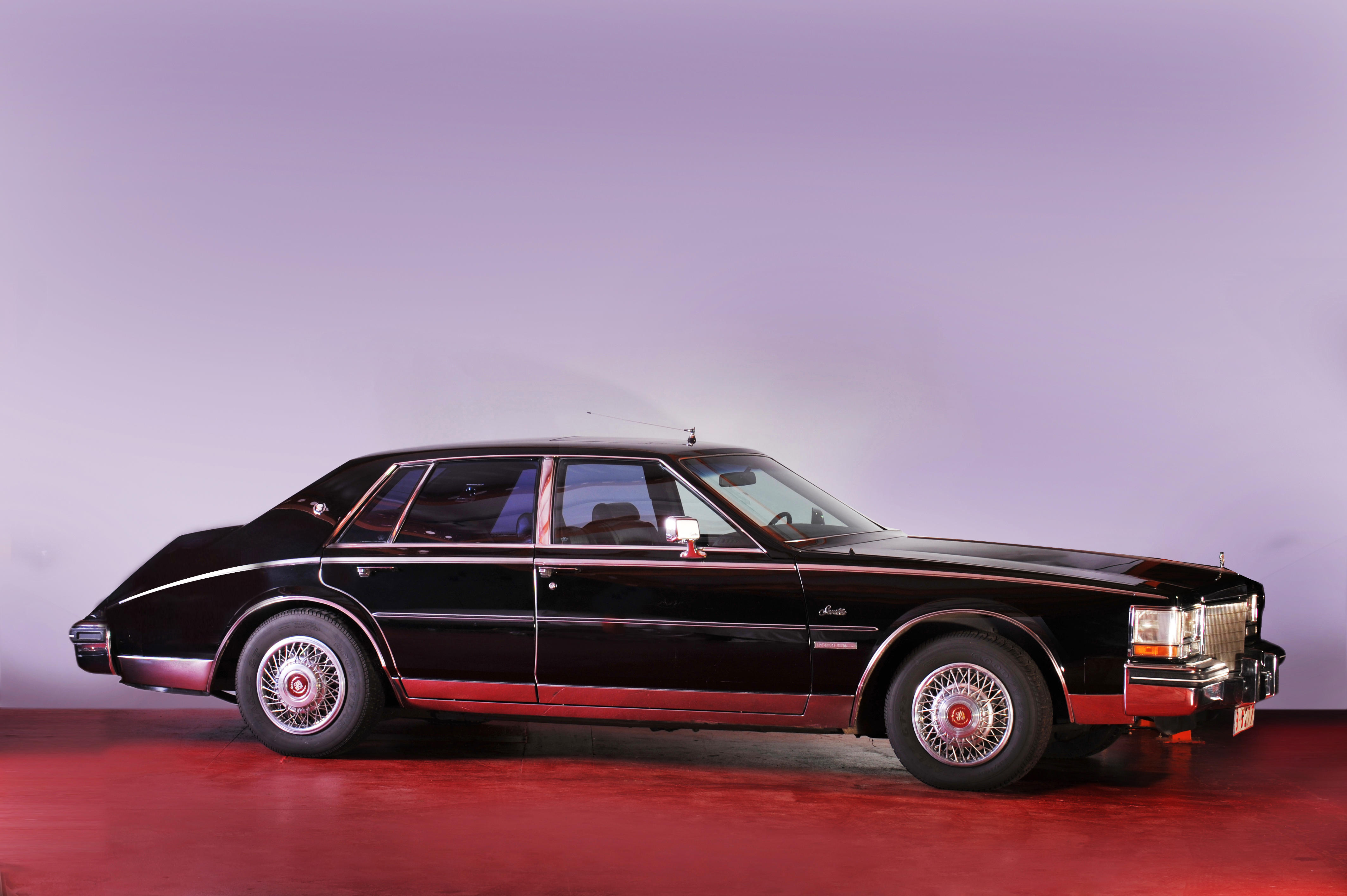
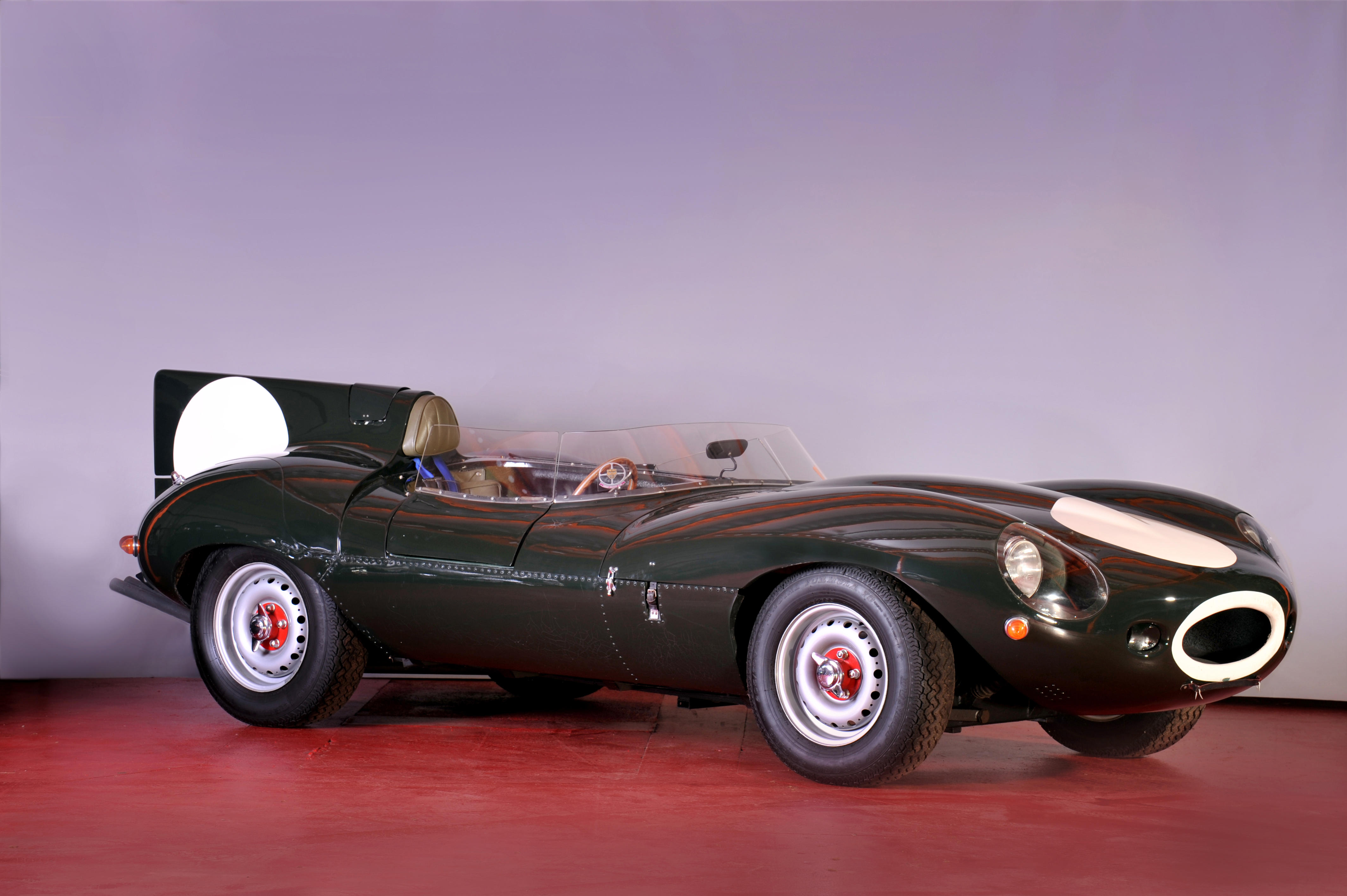
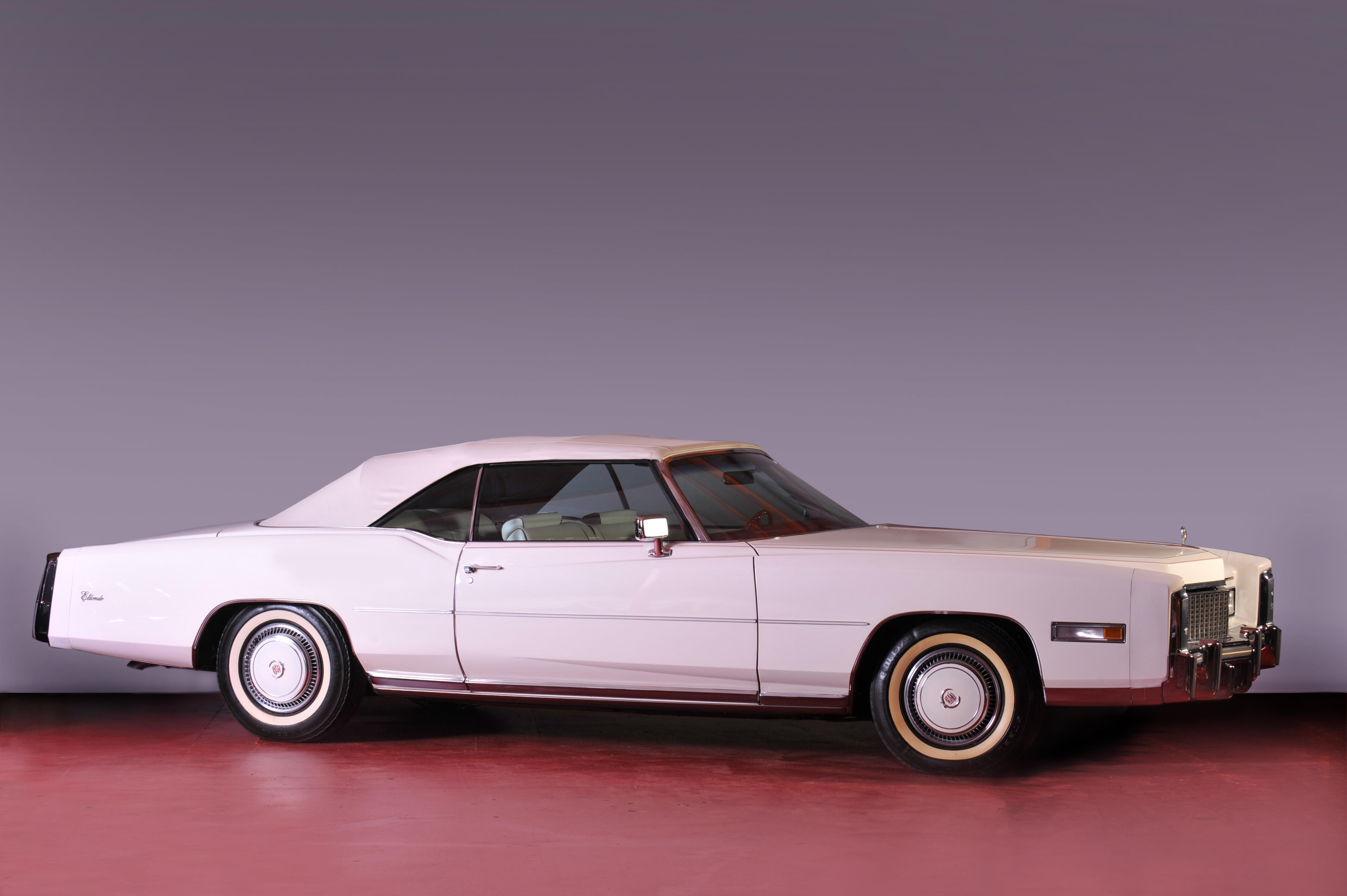

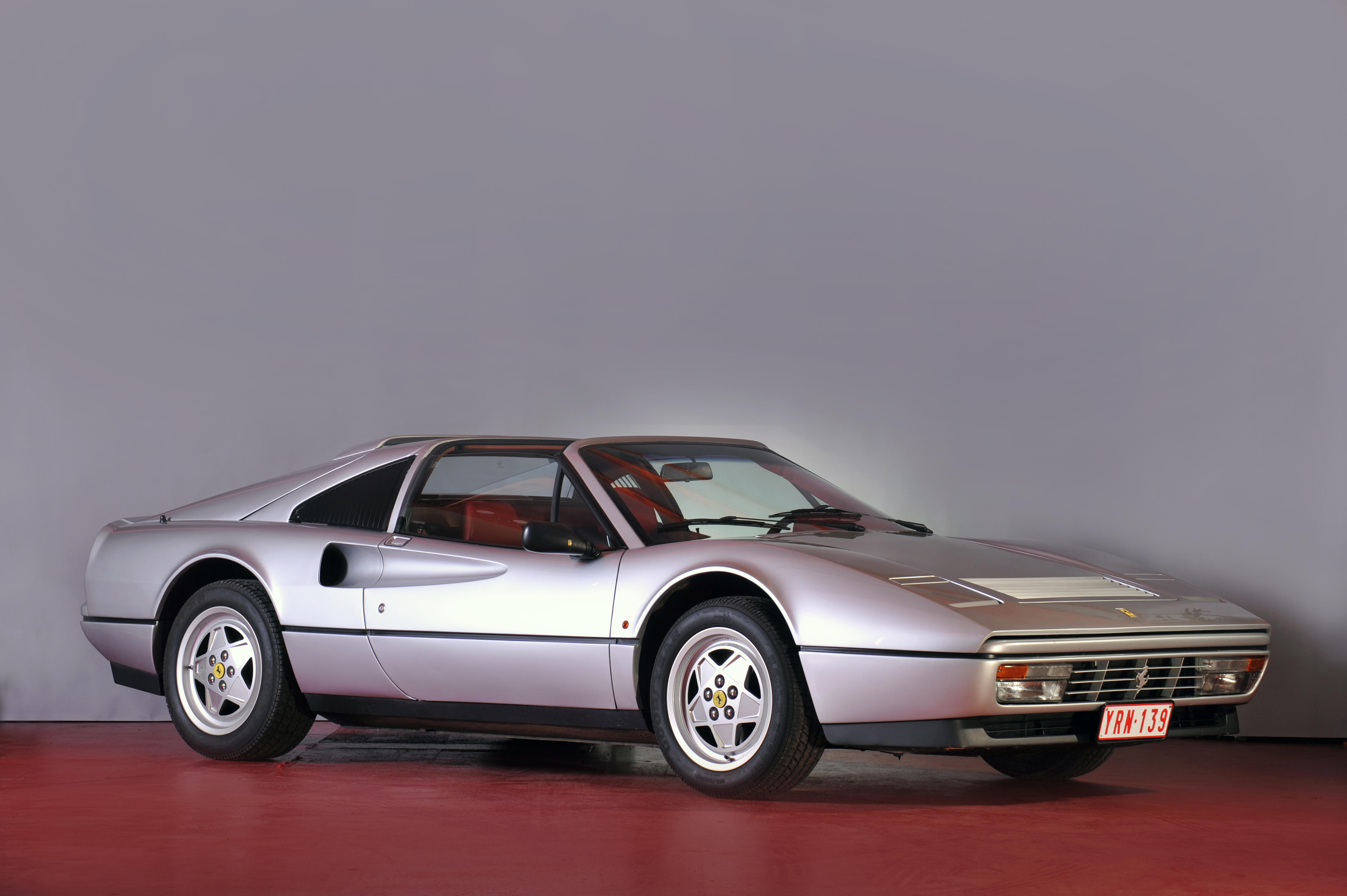
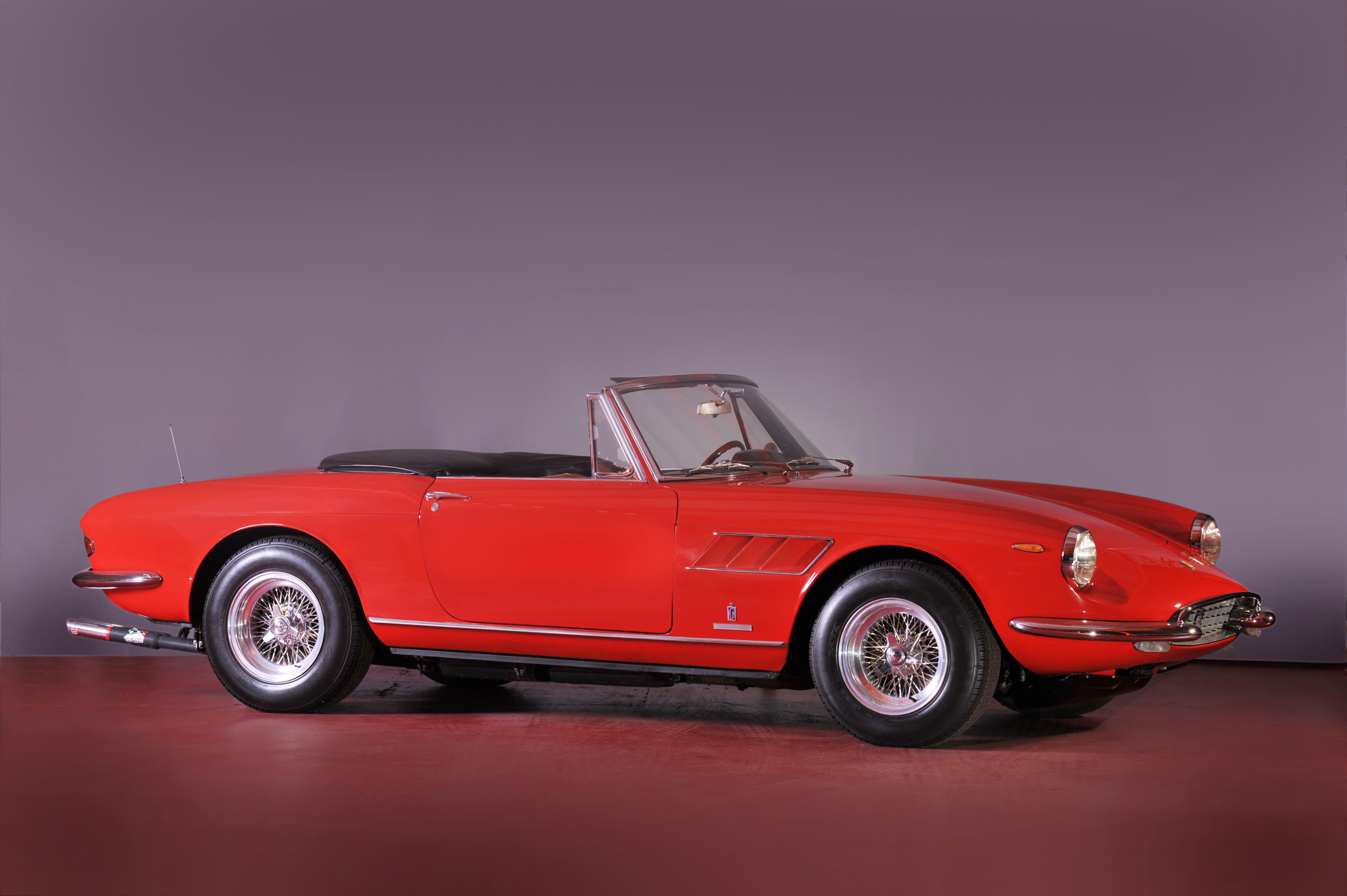
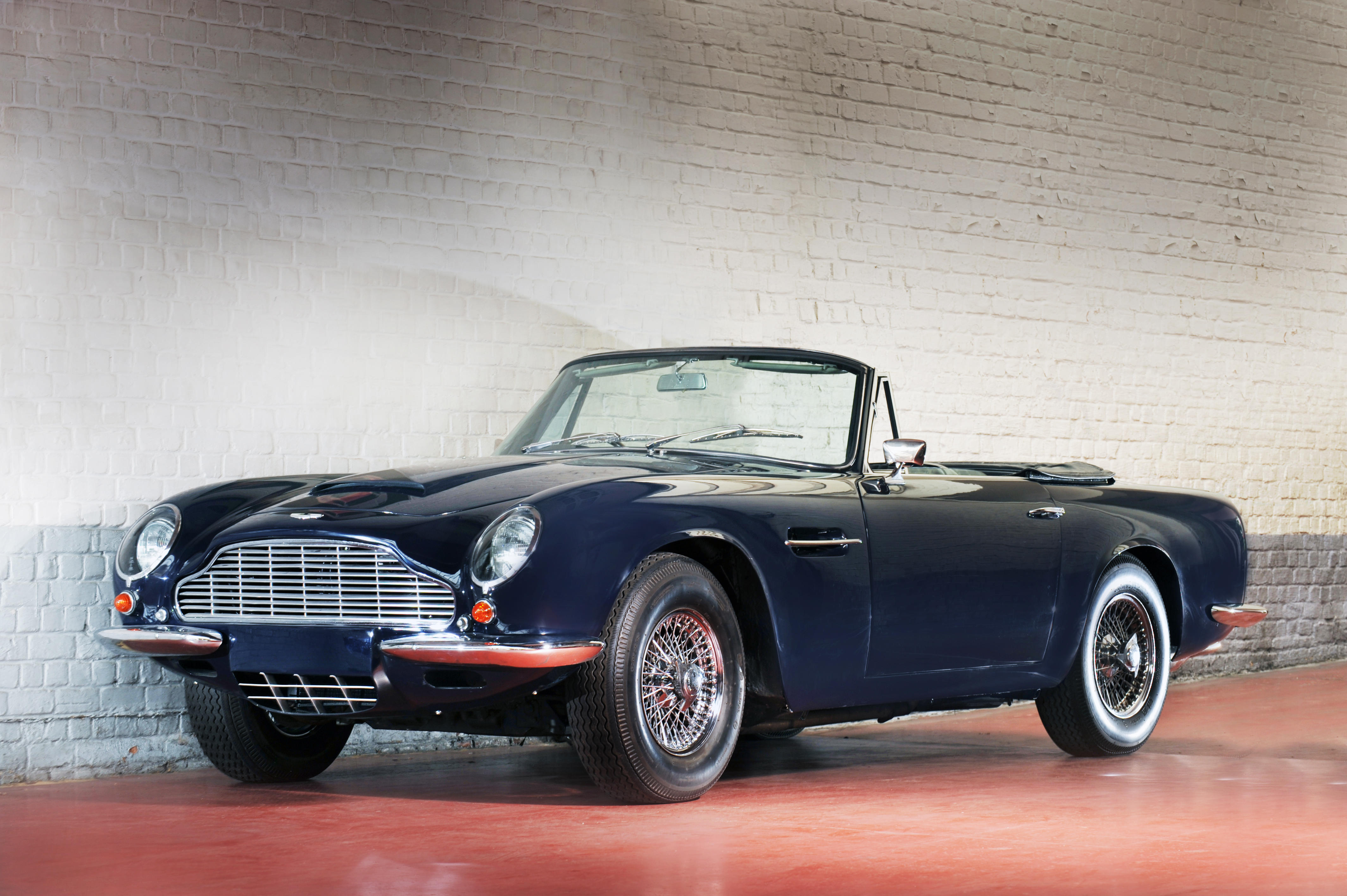
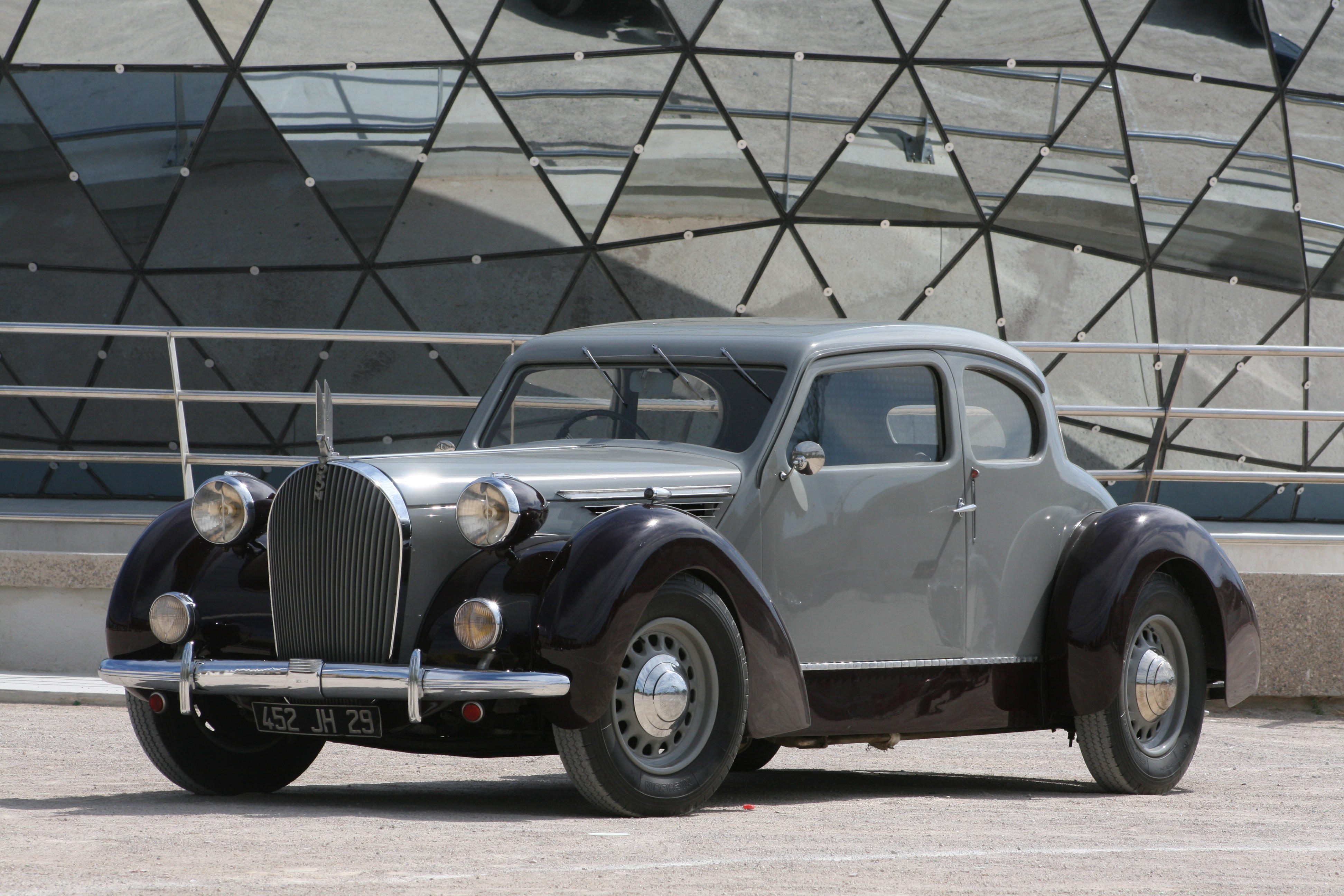
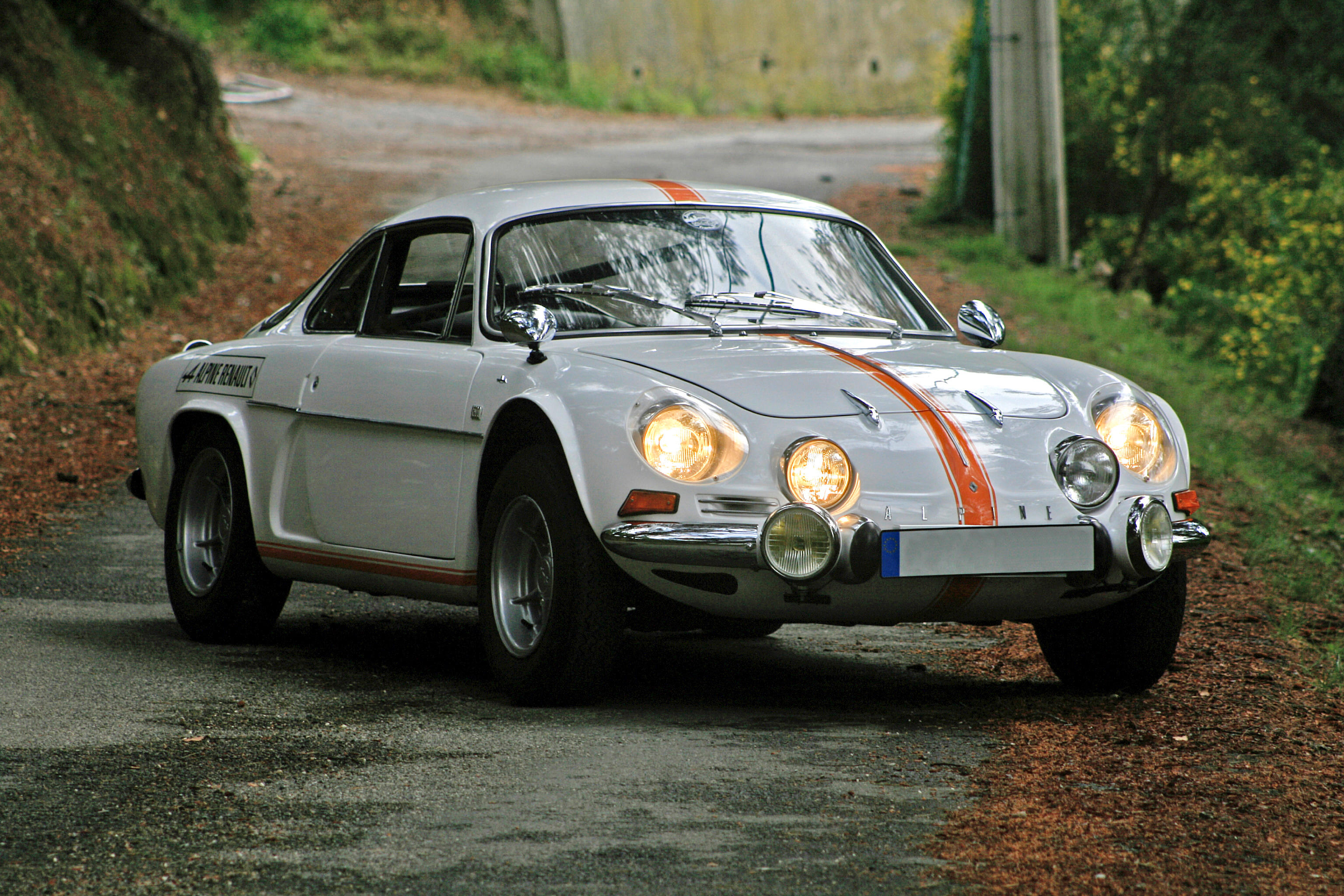
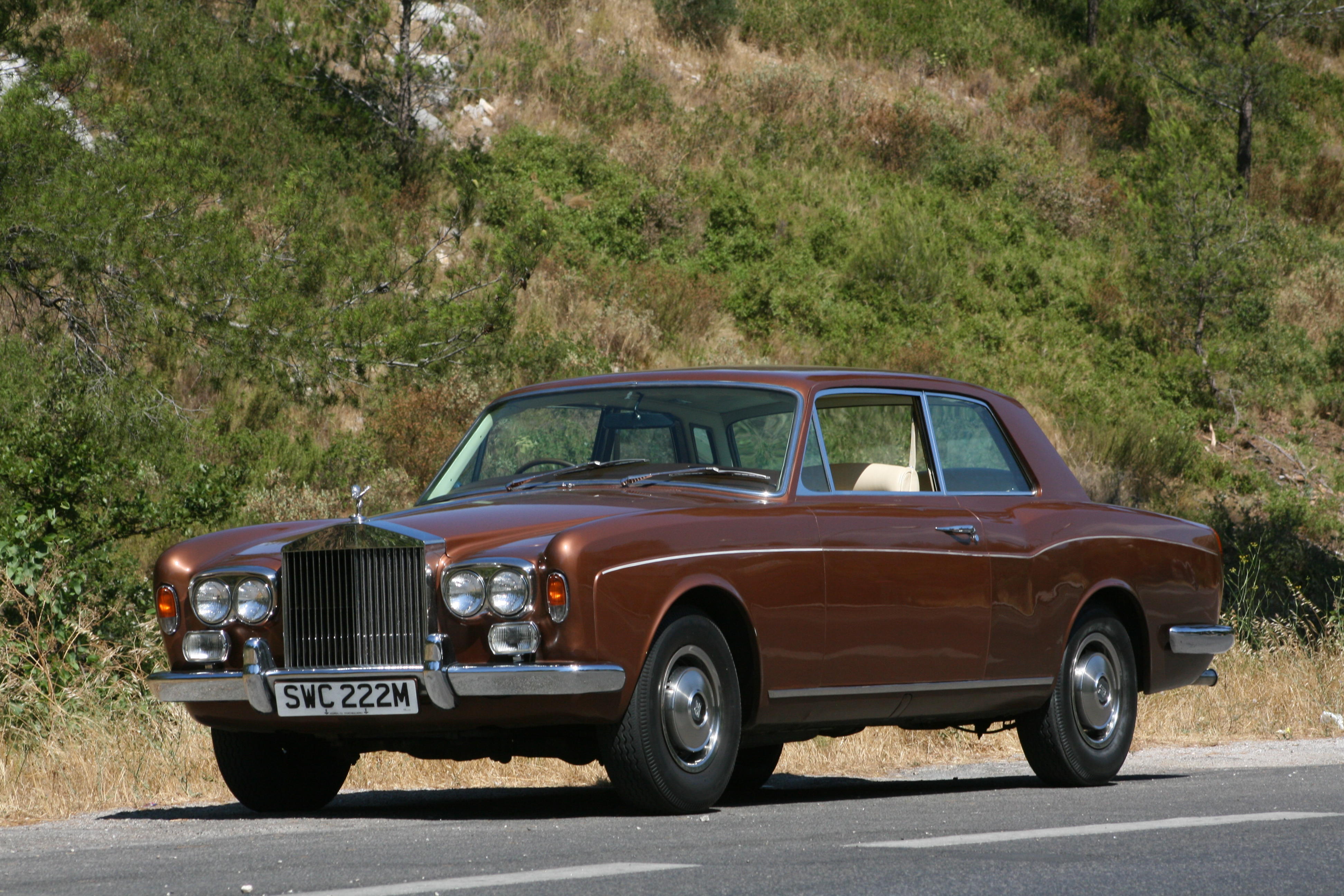
Testen Sie LotSearch und seine Premium-Features 7 Tage - ohne Kosten!
Lassen Sie sich automatisch über neue Objekte in kommenden Auktionen benachrichtigen.
Suchauftrag anlegen